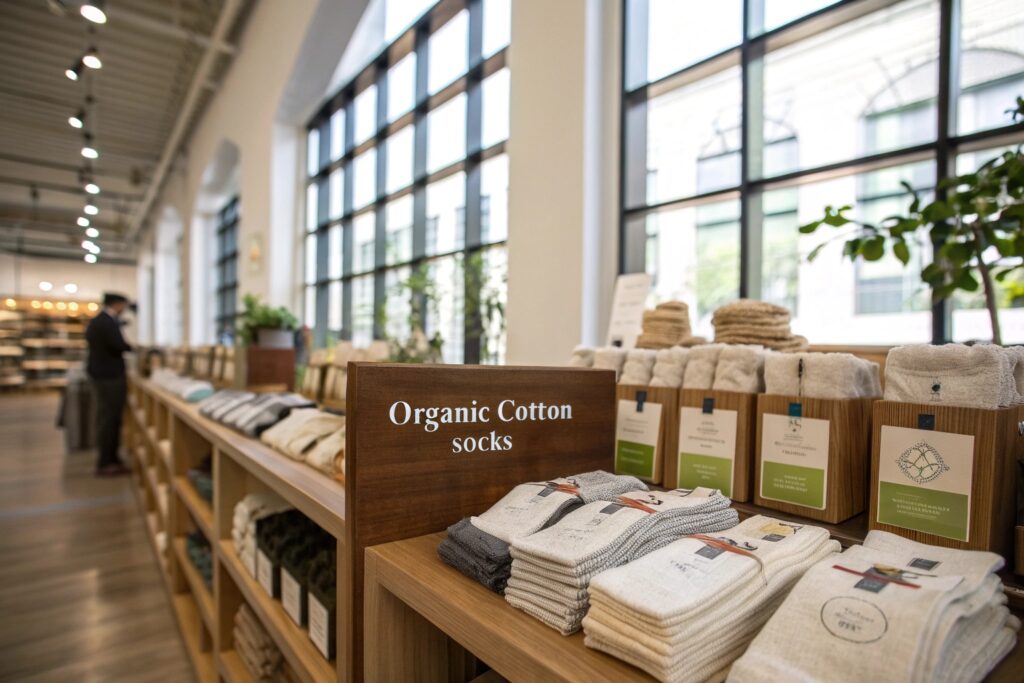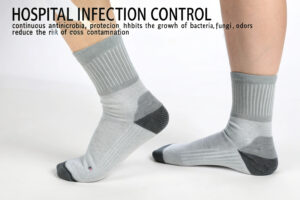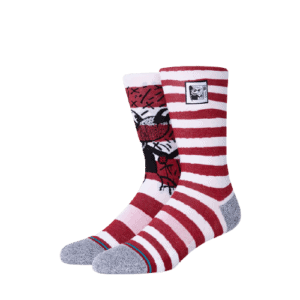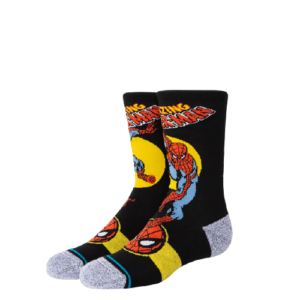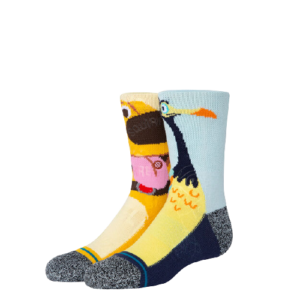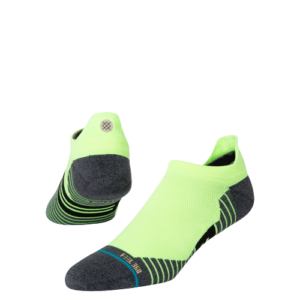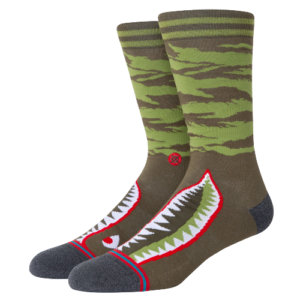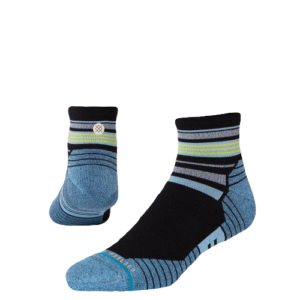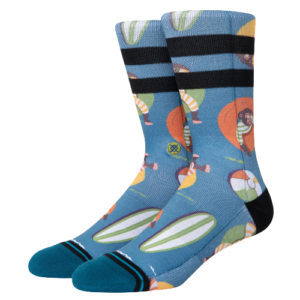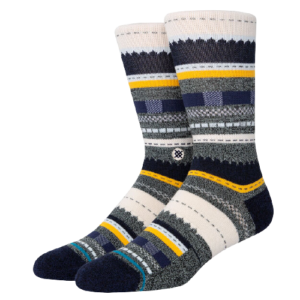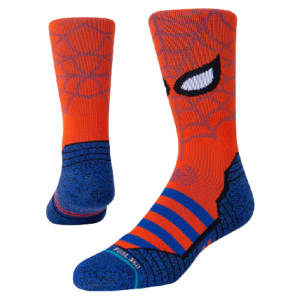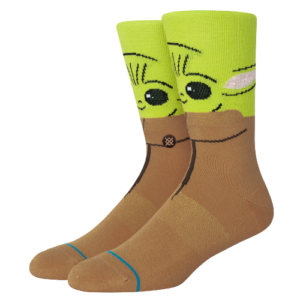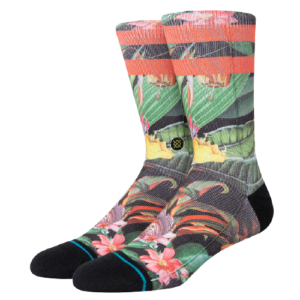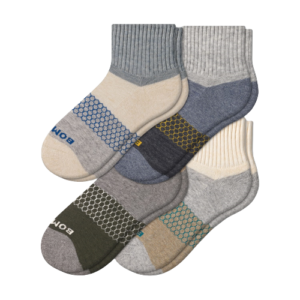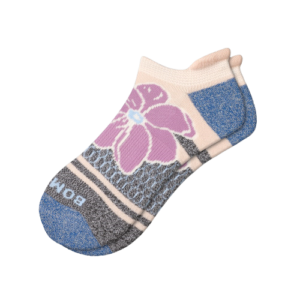Sustainable fashion isn’t just a buzzword—it’s a global movement driven by conscious consumers and responsible brands. In this shift, organic cotton socks have quietly become a top-selling category in eco-conscious retail. Their soft texture, natural appeal, and traceable origin make them the go-to choice for both first-time green shoppers and long-time sustainability advocates.
Organic cotton socks dominate sustainable retail collections because they offer traceable sourcing, chemical-free comfort, and alignment with eco-brand values—while remaining practical and affordable.
As a manufacturer deeply involved in eco-certified sock production in China, I’ve seen firsthand how the demand for organic cotton socks exploded across EU and U.S. markets. In this article, I’ll explain why buyers love them, how they meet green standards, and how you can profitably include them in your lineup.
What makes organic cotton different from regular cotton?
The biggest difference between organic and conventional cotton lies in how it's grown—and what it avoids.
Organic cotton is grown without toxic pesticides, synthetic fertilizers, or GMOs, and follows strict environmental guidelines from field to fiber.
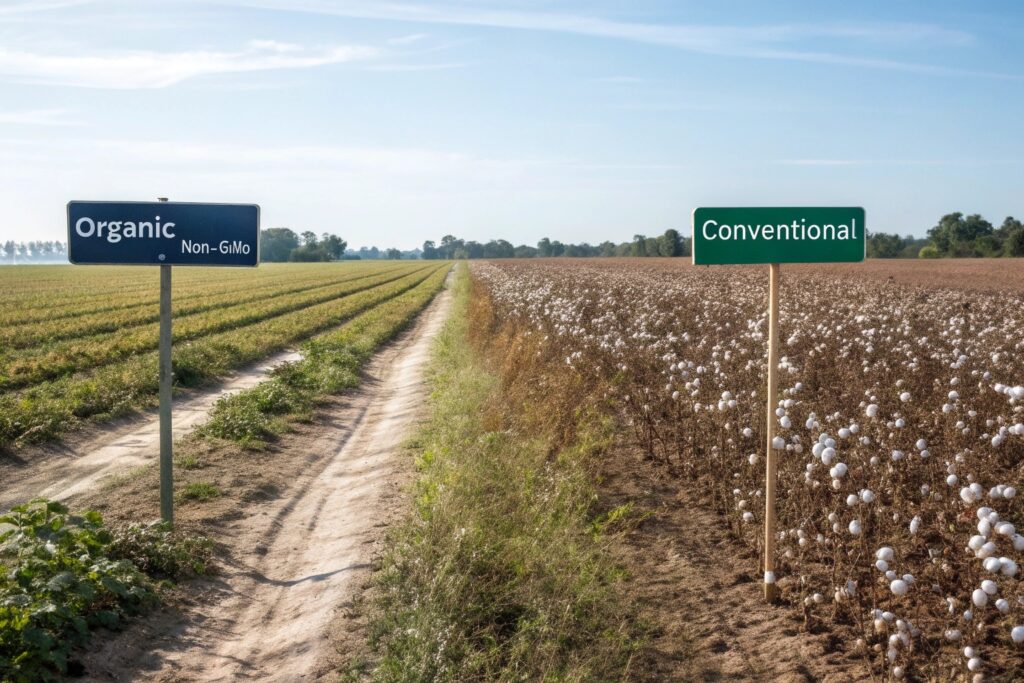
How is organic cotton grown and certified?
Organic cotton is cultivated using natural farming methods that preserve soil health, encourage biodiversity, and use significantly less water. Farmers often use compost, rotate crops, and avoid artificial irrigation where possible.
Globally recognized certifications like GOTS (Global Organic Textile Standard) and OCS (Organic Content Standard) track organic fiber from farm to finished product. We use both in our production lines, and many European buyers require them for socks entering eco-focused retail chains.
What is the environmental impact difference?
Studies from Textile Exchange show that organic cotton reduces global warming potential by 46% and water consumption by 91% compared to conventional farming. That makes it a key player for brands trying to lower their environmental footprint—especially in babywear, socks, and underwear.
Our buyers often request environmental data sheets as part of their procurement process, and we provide carbon-reduction reporting using internal lifecycle assessment tools.
Why are organic cotton socks popular with green brands?
Green brands aim to sell more than a product—they sell values. Organic cotton socks allow them to align product features with their environmental and ethical positioning.
Organic cotton socks are soft, clean, and versatile—making them a perfect match for brand stories about sustainability, ethics, and wellness.
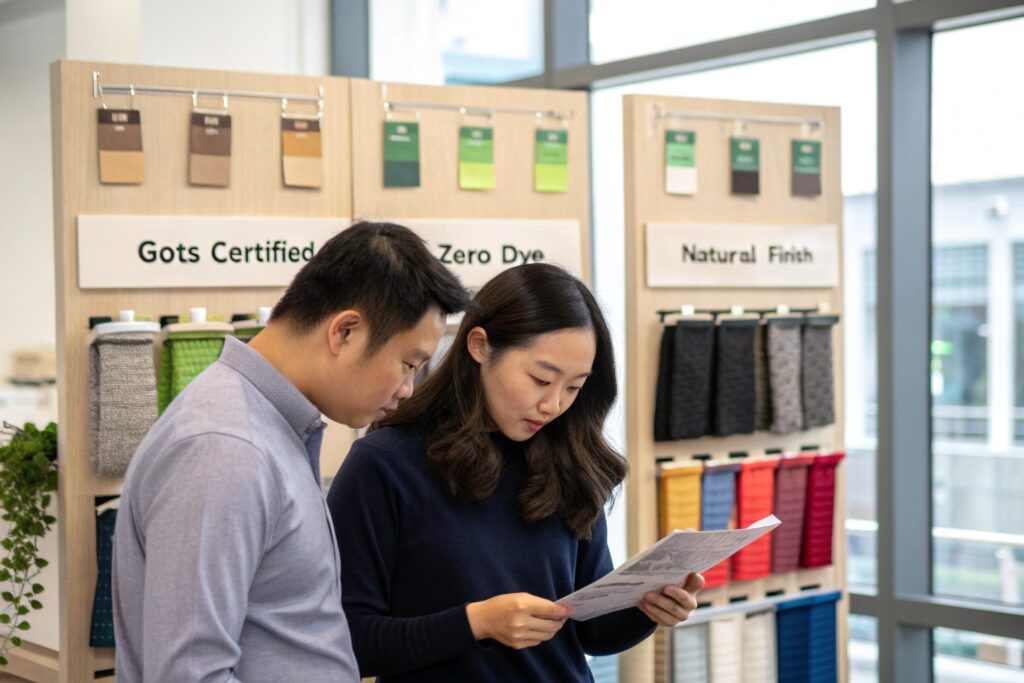
How do they align with consumer expectations?
Today’s consumers want transparency and traceability. When they see “organic cotton” on packaging, they associate it with purity, safety, and better labor practices. For baby and wellness products especially, this is a strong selling point.
According to McKinsey’s 2023 sustainability report, over 67% of Gen Z shoppers consider sustainability when making clothing purchases—and socks are an easy starting point.
We help our clients use custom labeling that shows organic origin, water savings, and certification logos, which boosts consumer trust on eCommerce platforms like Thrive Market or in boutique concept stores.
Why are they easy to market?
Unlike niche products, socks are universal and functional. Organic cotton socks are an ideal “entry-level” sustainable item. They work across categories—infants, athletic, casual, luxury—and allow brands to offer eco-collections without overhauling their supply chain.
Many of our clients launch with limited runs of white-label organic cotton sock bundles and grow their eco-line once traction is proven. We provide MOQ flexibility for these trial batches and even offer co-branded packaging.
How do organic cotton socks perform in terms of comfort and durability?
Sustainability doesn’t mean sacrificing performance. Organic cotton socks meet both ethical and comfort standards—making them a premium yet practical option.
These socks are naturally breathable, hypoallergenic, and gentle on skin—ideal for babies, sensitive users, or extended daily wear.
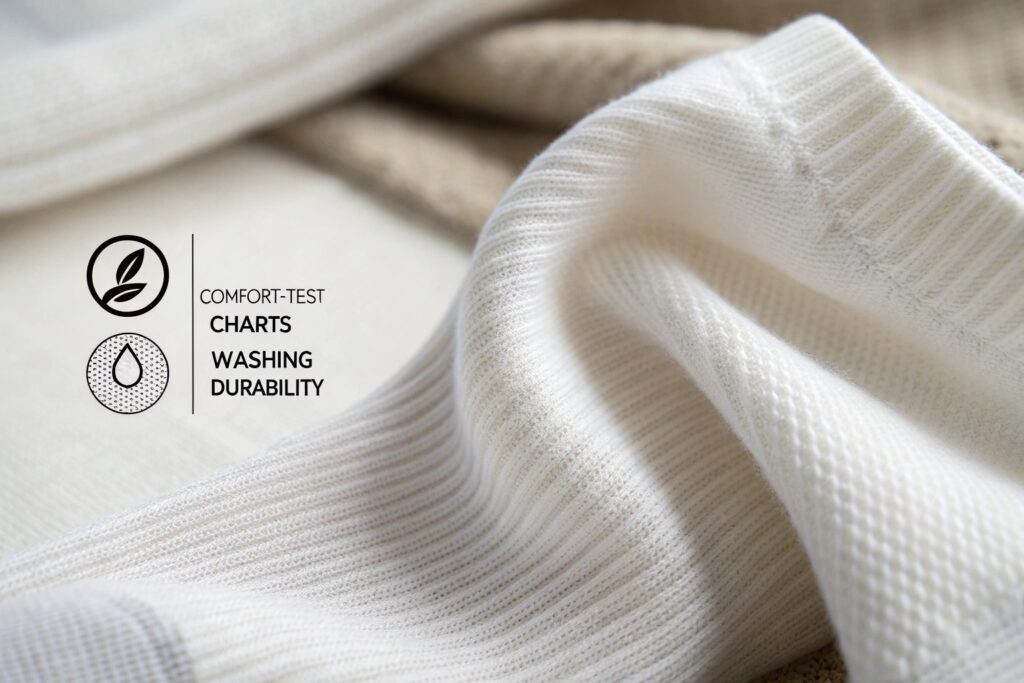
Are organic cotton socks comfortable in all climates?
Yes. Organic cotton retains the same fiber structure as regular cotton, offering high breathability, moisture absorption, and softness. Many brands choose it for summer or all-season lines. Unlike synthetics, it doesn’t trap heat or cause skin irritation, which makes it ideal for wellness, yoga, or casual lifestyle brands.
We also blend organic cotton with bamboo fiber or recycled polyester to improve flexibility while keeping the organic content dominant. These blends are especially favored by clients in California, Scandinavia, and Japan.
How do they hold up to washing?
High-quality organic cotton socks, when properly finished, show strong resistance to pilling, fading, and deformation. We test all our products using CNAS-certified colorfastness and shrinkage protocols. Buyers can request test reports before bulk orders.
We also apply GOTS-compliant low-impact dyes, which keep color richness even after 20+ washes. This longevity helps retailers back their “buy better, wear longer” messaging and reduce returns.
How can brands profit from offering organic cotton socks?
Eco-conscious products often carry higher price points—but also come with higher customer loyalty and margins. Socks are no exception.
Organic cotton socks allow brands to command premium prices, increase average order value, and access specialty retailers focused on sustainable goods.
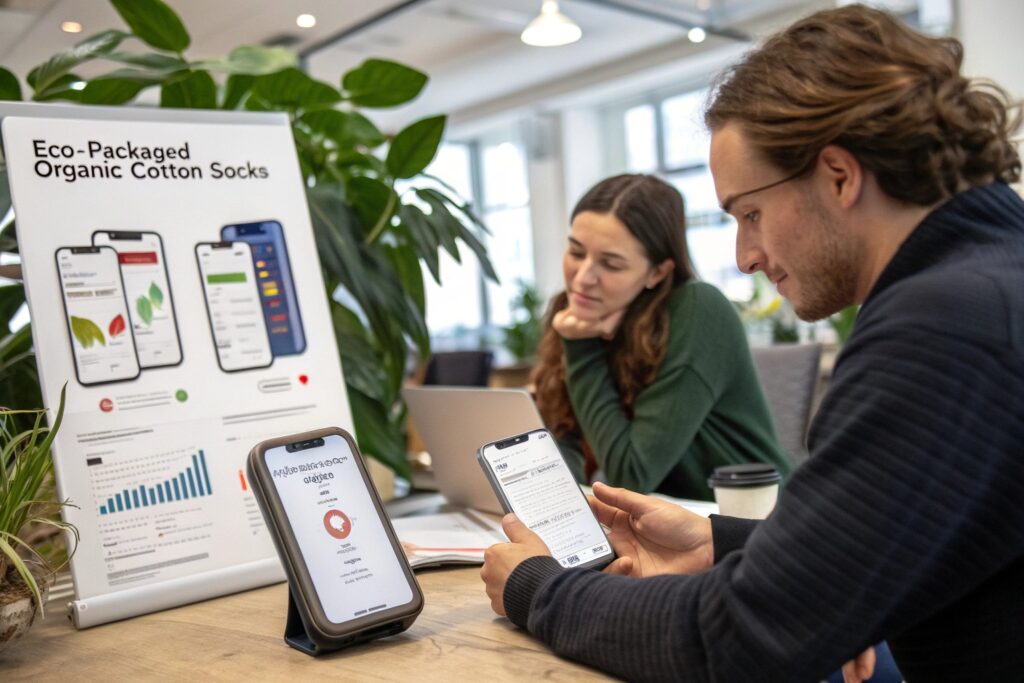
What is the pricing strategy for organic socks?
Most organic cotton socks sell at 30–80% higher than conventional versions. But due to perceived value, consumers are willing to pay. Brands that bundle socks into multipacks or create themed gift boxes often see strong sell-through both online and offline.
We offer private-label support, barcode-ready packaging, and retail display kits for clients targeting stores like Whole Foods Market or REI. These platforms require products that match their ethics and customer expectations.
How do marketing and resale channels differ?
Eco socks perform best on platforms with a health, wellness, or sustainability focus. Influencer campaigns on TikTok and Instagram often spotlight unboxing, comfort reviews, and fiber trust. We also help brands create QR codes linked to origin traceability or farm stories.
Retailers can also pitch these socks as giftable items during Earth Day, back-to-school, or holiday seasons, which helps build a loyal customer base that returns for sustainability—not just sales.
Conclusion
Organic cotton socks represent the perfect balance between ethics, comfort, and business potential. As the global demand for sustainable textiles grows, retailers and brands are turning to organic socks to lead their eco-lines. At GlobalSock, we’ve committed to this movement with full GOTS-certified production, flexible MOQ support, and advanced traceability systems. Whether you’re launching a new green brand or upgrading an existing catalog, organic cotton socks are your most versatile, profitable, and planet-friendly starting point.

